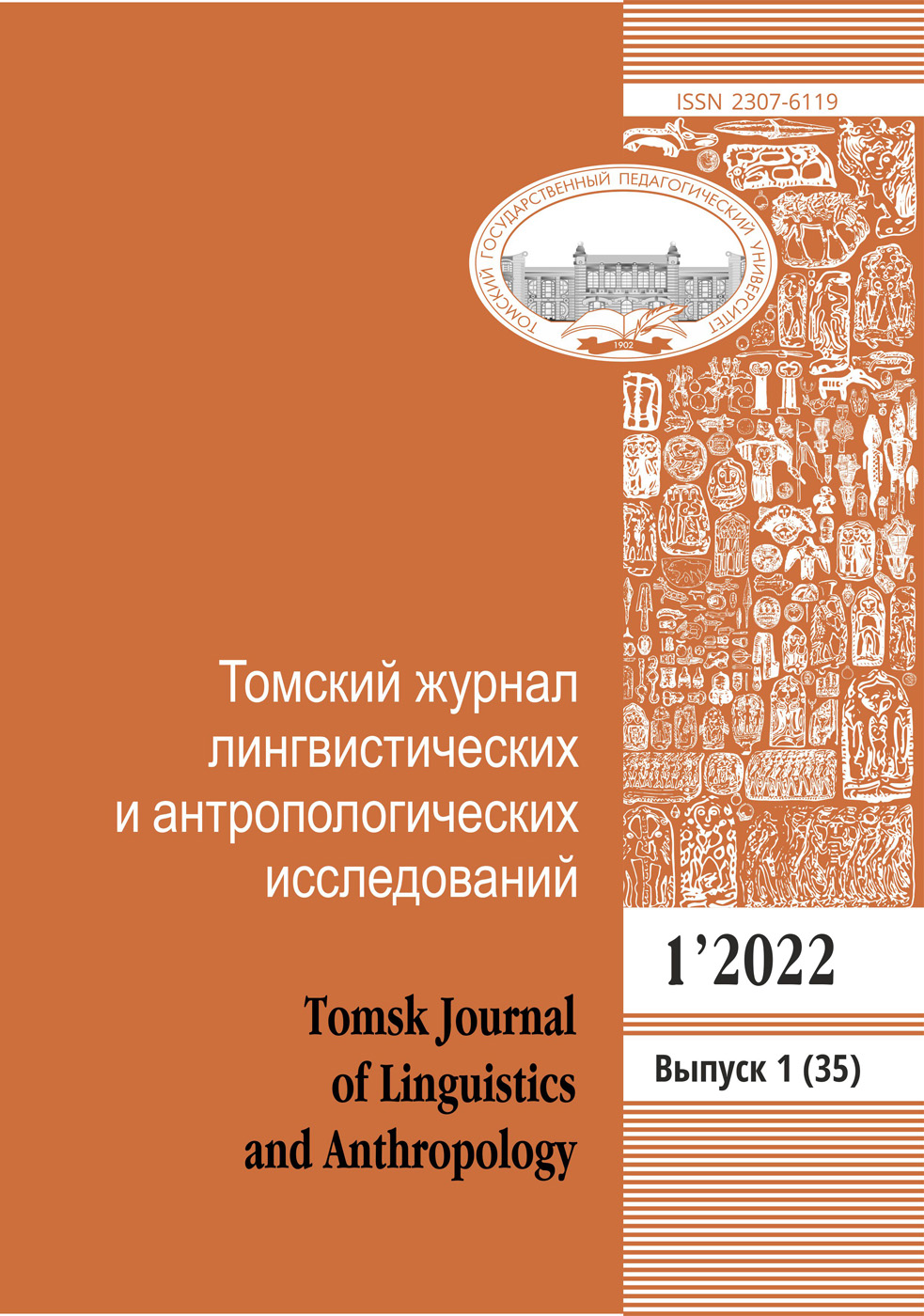COMPETENCE FORMAT OF THE DESIGN TRAINING OF THE BACHELOR OF PROFESSIONAL TRAINING
We consider the methodology of designing competence-oriented training modules of the basic education programs in the context of competence-format training in higher school. The competence-oriented module is presented as a structural element of competency training model of the bachelor of professional training in design. The trajectory of professional development of the graduates is considered as a set of competence-oriented modules of basic educational programs, the hierarchical structure, which measures the level of development of specific competences.
Keywords: competence-oriented module, private competence, professional task, learning task, the trajectory of the graduate professional development, design expertise
References:
1. Kolin K. K. Information aspects of the noosphere education. Open Education, no. 6, 2005, pp. 63–65 (in Russian).
2. Kuhn T. S. The Structure of Scientifi c Revolutions. Chicago, University of Chicago Press, 1962.
3. Monakhov V. M. Technologies methodological design systems with desired properties in high school. Pedagogika Publ., 2011, no. 6, pp. 43–45 (in Russian).
4. Monakhov V. M. Introduction to the theory of educational technology. Volgograd, Peremena Publ., 2006. 319 p. (in Russian).
5. Federal state educational standard of higher education in the fi eld of training 051000 Professional Training (by industry) (qualifi cation (degree) Bachelor). URL: http://минобрнауки.рф (Accessed: 23 September 2013) (in Russian).
6. Bakhusova E. V. Framework for Monitoring of professional competence during the transition to the competence-context format university studies. Yaroslavl State Pedagogical University Bulletin, 2011, no. 4, pp. 157–162 (in Russian).
7. Methods of artistic design. Moscow, VNIITE Publ., 1983, 166 p. (in Russian).
8. Shimko V. T. Fundamentals of design and environmental design: studies. Tutorial. Moscow, Architecture With Publ., 2007, 160 p. (in Russian)
9. Mikhaylov S. M., Kuleeva M. L. Design Basics: studies. for high schools. Moscow, The Union of Designers Publ., 2002, 240 p. (in Russian).
10. Maltseva V. A. Forming the components of art among the students-designers during the practice “Plein Air”. Tomsk State Pedagogical University Bulletin, 2012, no. 11 (126), pp. 48–54 (in Russian).
11. Novikova Ya. V. Features of teaching painting in Universities of architecture and design within the limits of the propaedeutic approach. Tomsk State Pedagogical University Bulletin, 2011, no. 4 (106), pp. 44–48 (in Russian).
12. Kolesnikova E. V., Sheremetyeva U. M., Kobyakova V. N., Kolesnikov P. O. The history of development and some aspects of the formation ofprofessional education at the Faculty of Technology and Entrepreneurship of TSPU. Scientifi c and Pedagogical Review, 2013, no. 1 (1), p. 17 (in Russian).
Issue: 11, 2013
Series of issue: Issue 11
Rubric: INTERDISCIPLINARY RESEARCH
Pages: 204 — 208
Downloads: 839





